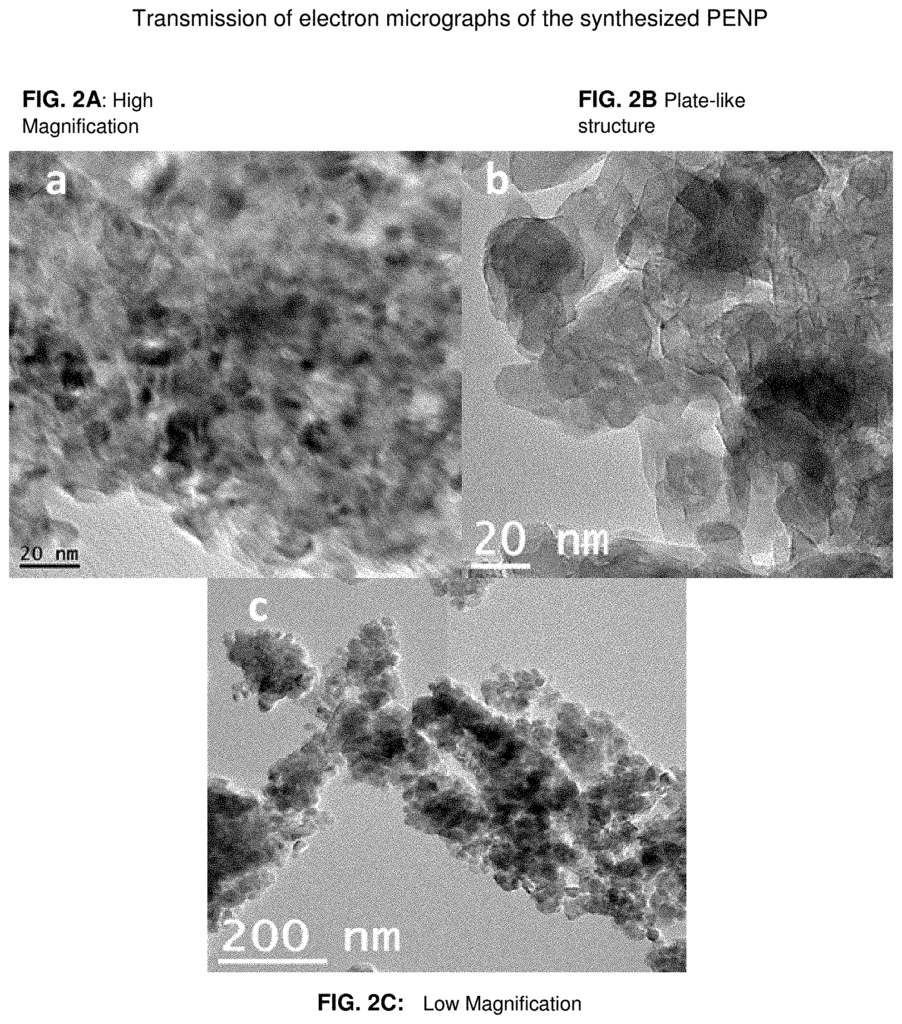Eco-Friendly Bioplastic with Eggshell Nano Blend
Introduction
This nano-engineered eggshell biopolymer blend technology offers a sustainable and biodegradable alternative to conventional plastics, addressing the growing demand for environmentally friendly materials. With its enhanced flexibility and durability, this biopolymer blend is ideal for a range of applications, including biodegradable packaging, agricultural films, and other eco-conscious products. For companies looking to lead in the bioplastics industry, this technology offers a significant opportunity to reduce environmental impact while delivering high-performance materials that meet consumer and regulatory demands for sustainability.
The Challenge: Reducing Plastic Waste and Pollution
Traditional plastics, while widely used, pose serious environmental challenges due to their long degradation times and contribution to pollution. Single-use plastics, in particular, are a major concern for ecosystems and waste management systems. With increasing pressure from governments, consumers, and environmental organizations to reduce plastic waste, there is a growing demand for alternatives that maintain the functional qualities of plastics while being more environmentally friendly. Developing sustainable materials that can biodegrade effectively without sacrificing performance has become a priority for many industries.
Nano-Engineered Biopolymers for Sustainable Applications
This biopolymer blend technology, incorporating nano-engineered eggshell particles, delivers a flexible and durable material that is fully biodegradable. The nano-engineering process enhances the mechanical properties of the biopolymer, making it a versatile option for applications where strength, flexibility, and biodegradability are required. The material is suitable for food packaging, agricultural films, and other disposable products where traditional plastics would typically be used. Its biodegradability ensures that it breaks down naturally, reducing waste and lessening the environmental burden caused by plastic pollution.
Key Benefits for Packaging, Agriculture, and Environmental Sectors
For packaging companies, this biopolymer blend offers a sustainable alternative to conventional plastic packaging, meeting consumer demand for eco-friendly options without compromising product quality. Agricultural companies can use the material for biodegradable films that protect crops while decomposing safely in the environment. The material’s flexibility and strength also make it suitable for a variety of other applications, such as disposable utensils, food storage solutions, and more. Its eco-friendly properties align with growing market trends focused on reducing waste and promoting sustainability.
Invest in Biodegradable Innovation
Licensing this nano-engineered biopolymer blend technology provides your company with a competitive edge in the growing market for sustainable materials. By offering a flexible, durable, and fully biodegradable solution, your business can meet the increasing demand for eco-friendly products while supporting global sustainability efforts. This technology is a valuable investment for companies committed to reducing their environmental footprint and leading the charge in the development of green alternatives to traditional plastics.

- Abstract
- Claims
The invention claimed is:
1. A biopolymer blend comprising a combination of three components:
Share
Title
Nano engineered eggshell flexible biopolymer blend and methods of making biopolymer blend film and using such bioplastic blends for improved biodegradeable applications
Inventor(s)
Vijaya Rangari, Boniface Tiimob
Assignee(s)
Tuskegee University
Patent #
11078359
Patent Date
August 3, 2021
